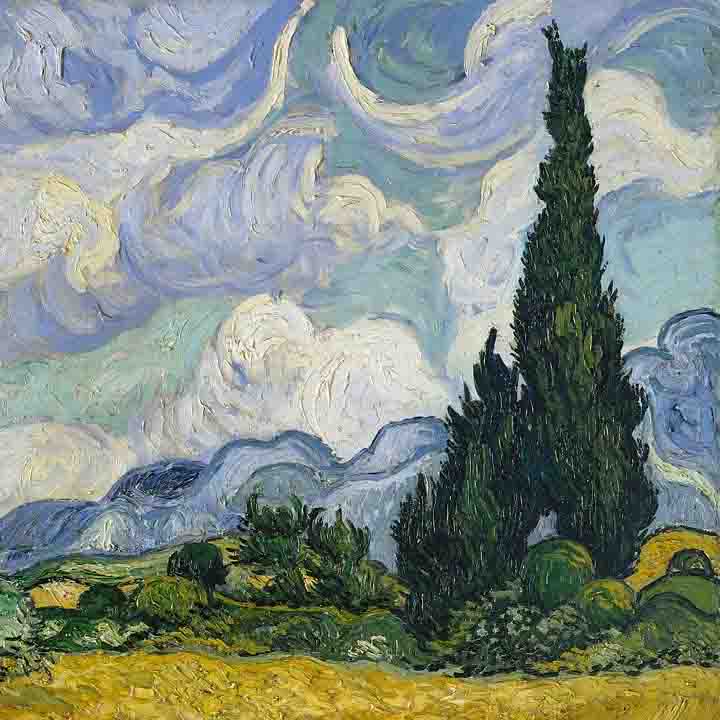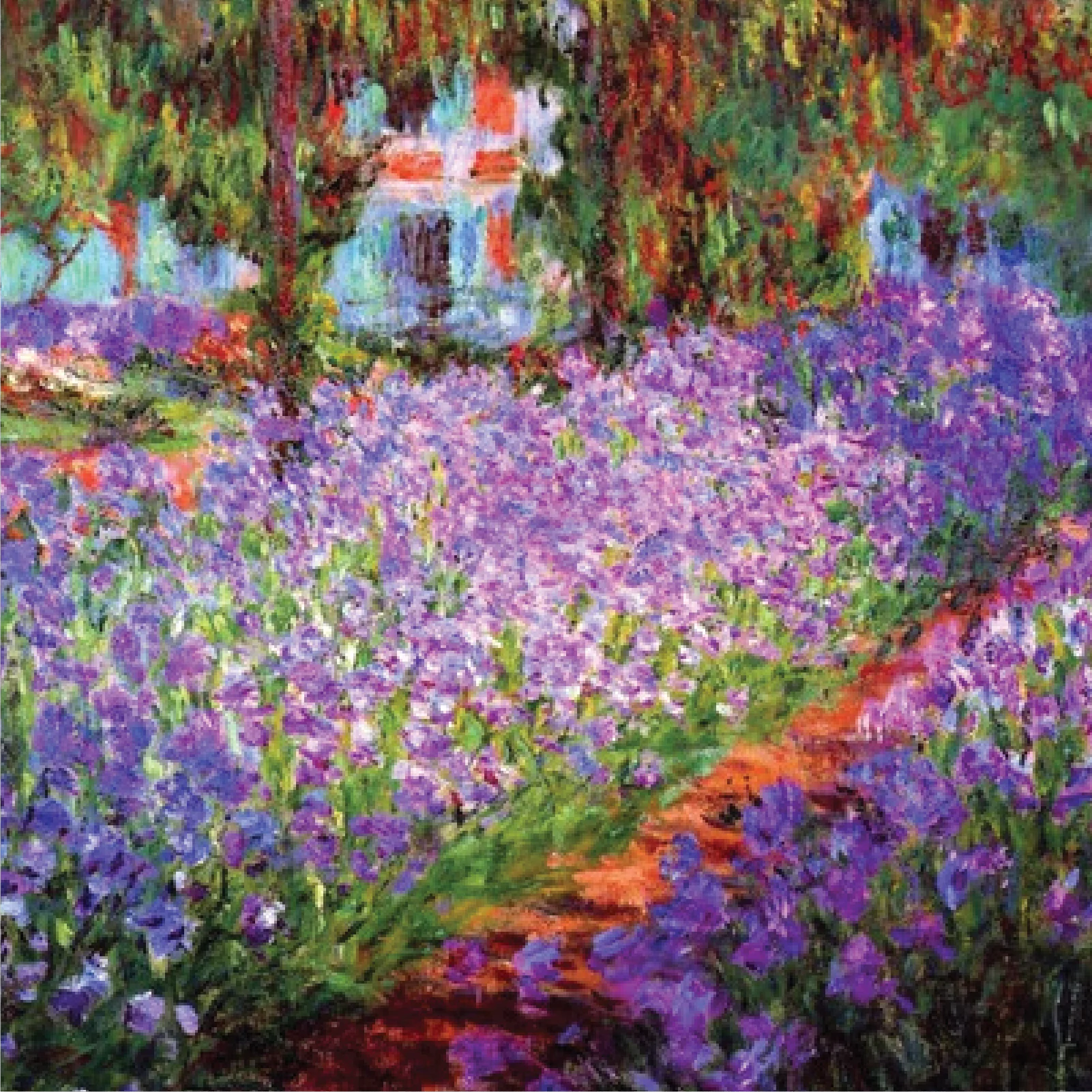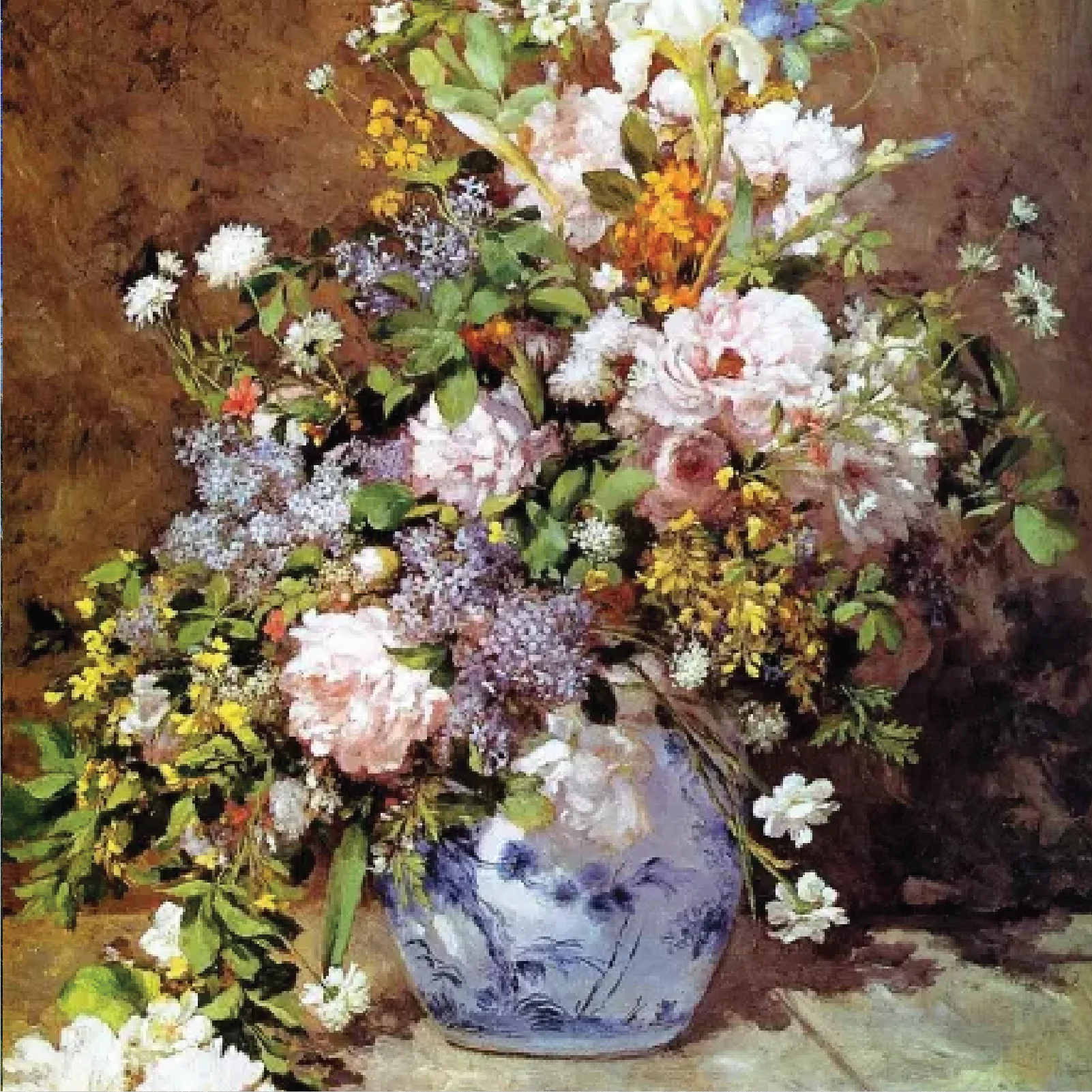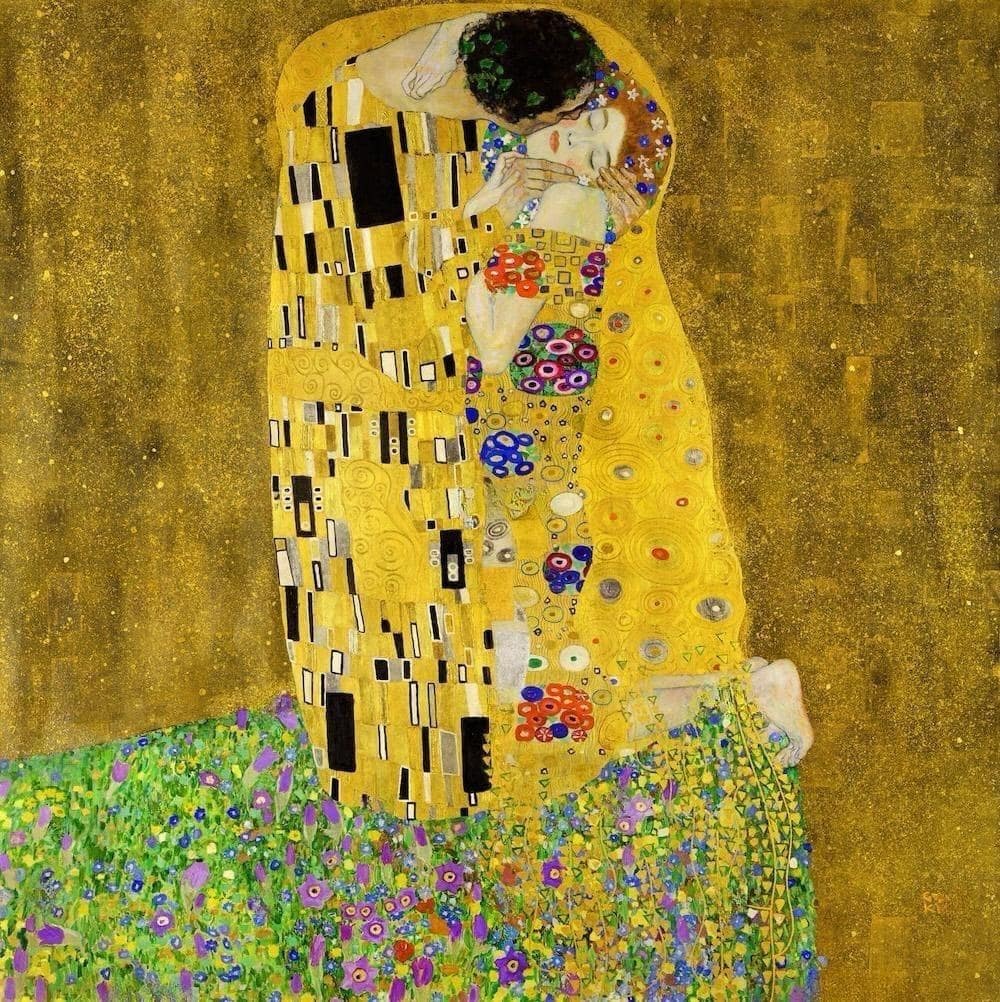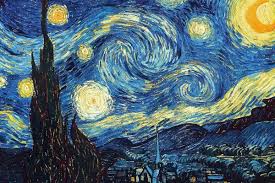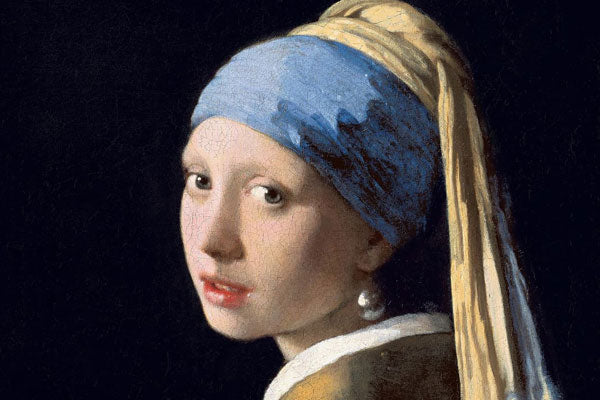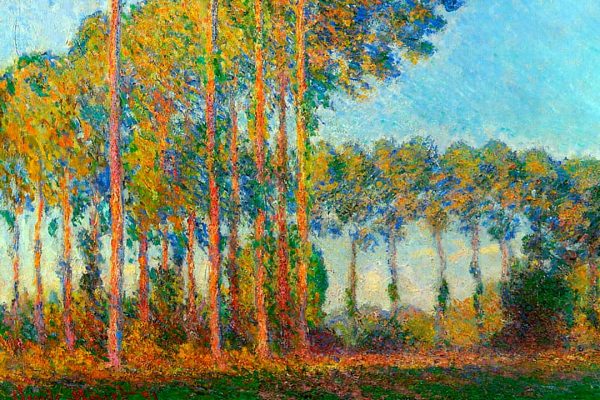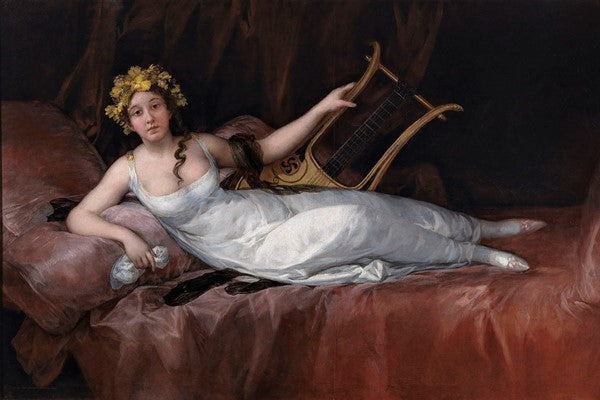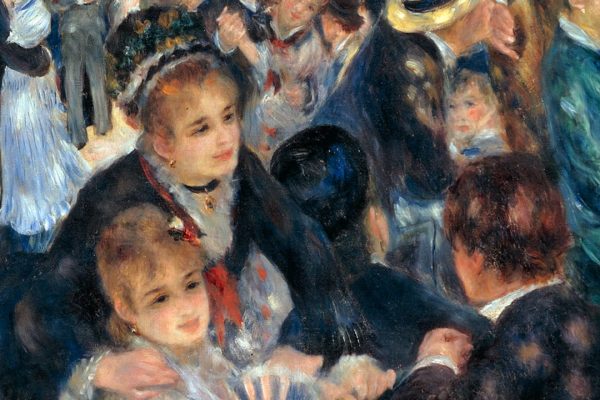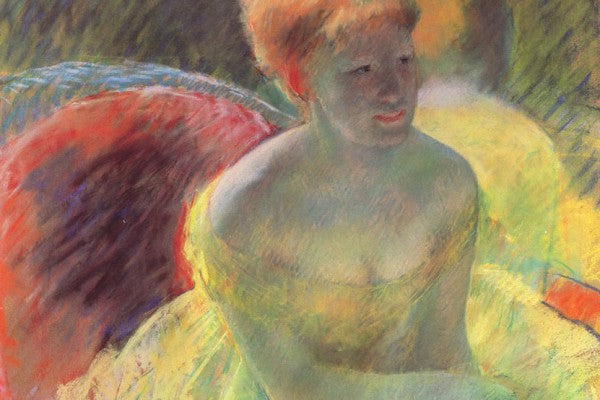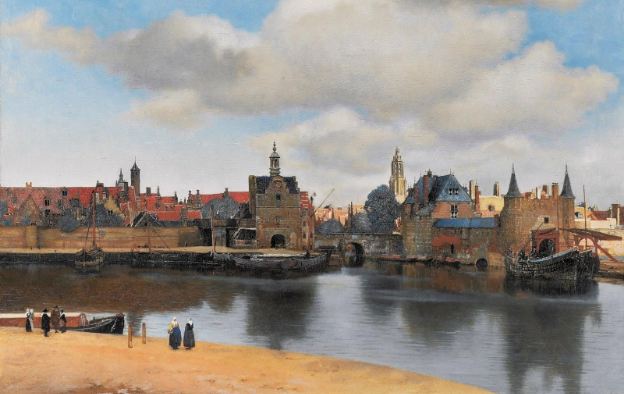Seeing your loved oil painting broken may be heartbreaking. A tear, crack, or peeling paint makes your artwork feel sad and forgotten. Ignoring those troubles can make them worse. This makes the repair harder and more expensive.
Fortunately, there are effective ways to restore and repair your oil artwork. They will bring it back to its former glory. In this blog, we'll detail these methods. They will help you breathe new life into your beloved works of art.
Common Types of Damage to Oil Paintings
Oil paintings are beautiful, but they can get damaged over time. Here are some common types of damage that can happen:
1. Tears and Holes
Sometimes, artwork can get torn or have small holes. This can manifest if the portrayal is hit or scratched by something sharp. Even a tiny tear can significantly distinguish how the painting looks.
2. Cracked or Peeling Paint
As oil paintings age, the paint can begin to crack or peel. This occurs because the paint dries out and becomes brittle. When the paint cracks, it can appear to be a puzzle with missing paint.
3. Dirt and Grime
Over time, artwork can get dirty. Dust, smoke, and other things in the air can stick onto the painting. This can make it look dull and dirty. This dirt may be challenging to smooth without unfavorable paint. Cigarette smoke has a bed impact on the quality of oil painting.
4. Fading Colors
Oil artwork can fade if they are exposed to too much mild, especially direct sunlight. The bright colors can grow dull and washed out. This makes the portrait look old and less vibrant.
5. Water Damage
If a portrait receives moisture, it could cause a number of problems. Water can stretch and cause the canvas to wrap. It can also make the paint bubble and peel. Water damage may be one of the most complex forms of damage to fix.
6. Mold and Mildew
In damp or humid locations, mold and mold can grow on paintings. This can cause spots and stains that are very hard to get rid of. Mold can also weaken the canvas and make it much more likely to rip.
Assessing the Damage
Before you can start fixing an oil painting, you need to know what kind of damage it has. This step is called assessing the damage. It’s like figuring out what’s wrong before you decide how to fix it.
-
First, take an amazing study of the painting in a controlled environment. Carefully examine the painting for any tears, holes, or cracks within the paint. Look for regions where the paint is peeling or flaking off. Also, notice if the appearance of the painting has faded or if there are any dirty spots.
-
A magnifying glass helps you see small details better.
-
Gently run your palms over the floor of the painting. Be careful not to press too hard. This will let you feel any hard spots or regions where the paint is coming free.
-
Remember to study the back of the painting, too. Sometimes, damage to the canvas can be simpler to see from the back. Look for any signs and symptoms of water damage, like stains or warping.
-
Write down what you discover. This will assist you in remembering all the extraordinary sorts of harm you want to restore. It also can be beneficial if you invite an art conservation specialist to help you.
-
Taking snapshots of the harm is a great idea, too. Photos let you keep music in the portrayal and show what needs fixing to others.
DIY Oil Painting Repair cracks vs. Professional Restoration
When your oil painting gets damaged, you might wonder if you should try to fix it yourself or Ask an expert for help. Both options have their good and bad points. Picking the right one depends on the type of damage and your comfort with fixing things.
Minor Damage
If your portrait has small tears, a piece of dirt, or minor cracks, you may attempt to solve it yourself. There are many assets available that can guide you through simple repairs.
Major Damage
For severe problems, like large tears, cracks, or water damage, it’s good to seek professional help. A qualified artwork conservator's knowledge can ensure your painting is restored well. They can also do it quickly.
Choosing between DIY and professional restoration depends on the damage's extent. It also depends on your ability to make repairs. You can fix it yourself or hire an expert. Repairing your painting will keep the painting beautiful for years.
Techniques for Fixing Minor Tears and Holes in Oil Paintings
You'll need a few simple things to fix minor tears and holes in oil artwork. You'll need canvas patches, glue, a good brush, a palette knife, and matching paint. Start with the aid of lightly cleansing the area across the tear to put off any dust.
Next, cautiously region a canvas patch in the back of the tear and observe adhesive glue to secure it. Use the palette knife to ease the edges of the tear and ensure it lies flat in opposition to the patch. Once the glue is dry, use a good brush.
Use it to apply matching paint over the repaired region. Make sure it matches the original artwork. This step-by-step guide lets you ensure an unbroken restore. It will blend with the original artwork, restoring its splendor and integrity.
Restoring Cracked or Peeling Paint on Oil Paintings
Over time, paint can crack and peel because of age, humidity, and extreme temperature changes. To fix cracked or peeling paint, first clean the area with a soft brush. Apply a skinny layer of adhesive glue to stabilize any free paint flakes. Once the glue is dry, cautiously use a quality brush to fill in the cracks with matching paint. You must use excellent substances and strategies. This ensures the repair blends well with the rest of the painting. This process allows for repairing the original painting. It makes it look new while keeping its artistic value.
Restoration Process and Additional Tips
During the restoration process, it's crucial to address any damaged areas with care. Using reversible materials and techniques that match the original artwork ensures that your painting maintains its integrity. When dealing with cracks and missing paint, applying a consolidant and retouching carefully helps restore the painting's visual appeal. Avoid harsh chemicals that might damage the paint layers, and always work in a controlled environment with stable temperature and humidity levels. Regularly inspect the painting for any signs of deterioration and address any issues promptly to prevent further damage.
Conclusion
You must take care of your oil paintings. It is essential for preserving their beauty and value for years. Understanding the types of damage helps. Learning to repair small issues does too. They let you keep your artwork in great condition. Regular maintenance and timely repairs are key to preventing further damage.
If you love paintings and want to own high-quality oil reproductions, visit the Art&See. They offer a wide range of professional oil on canvas paintings at reasonable prices.





